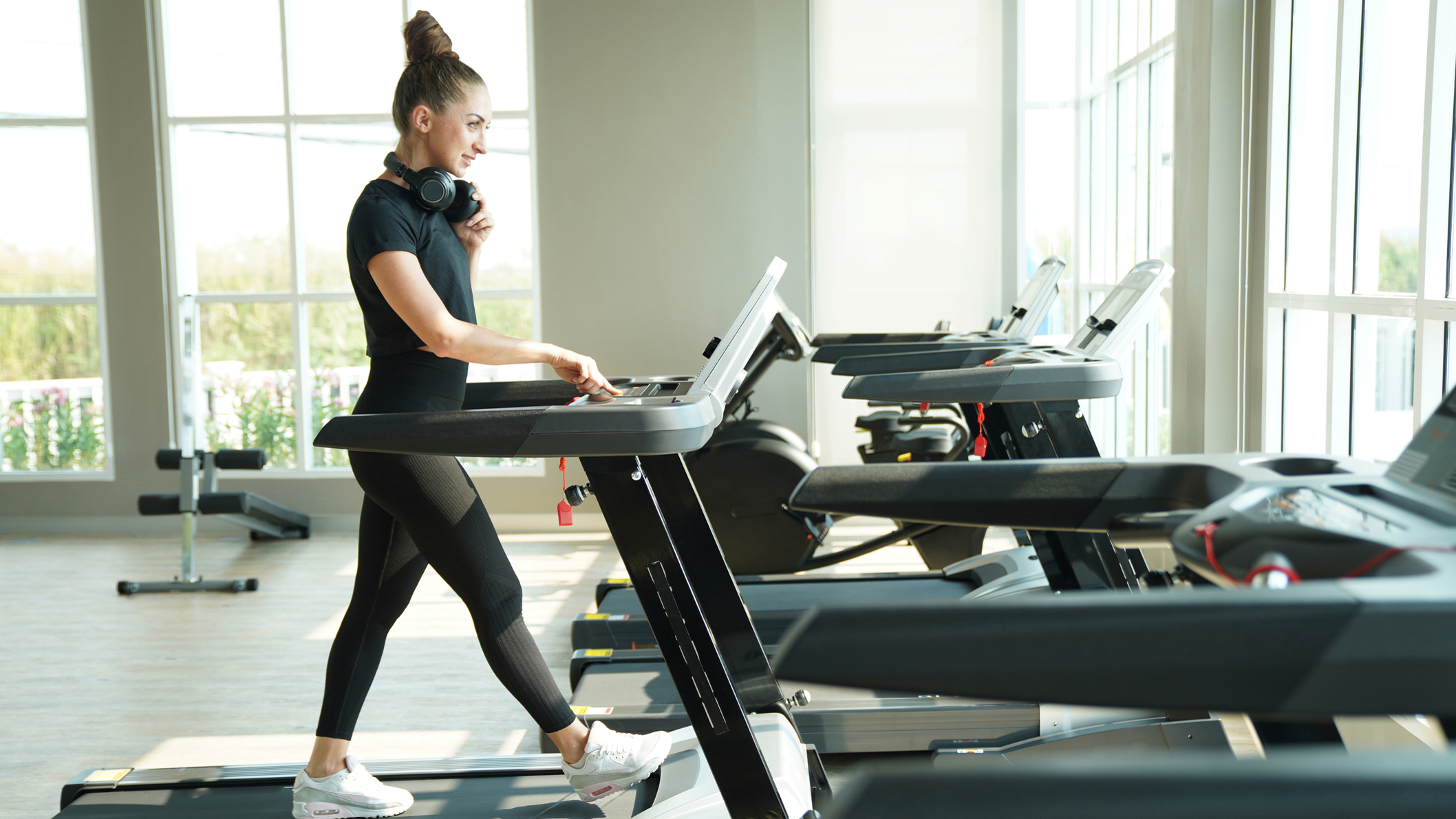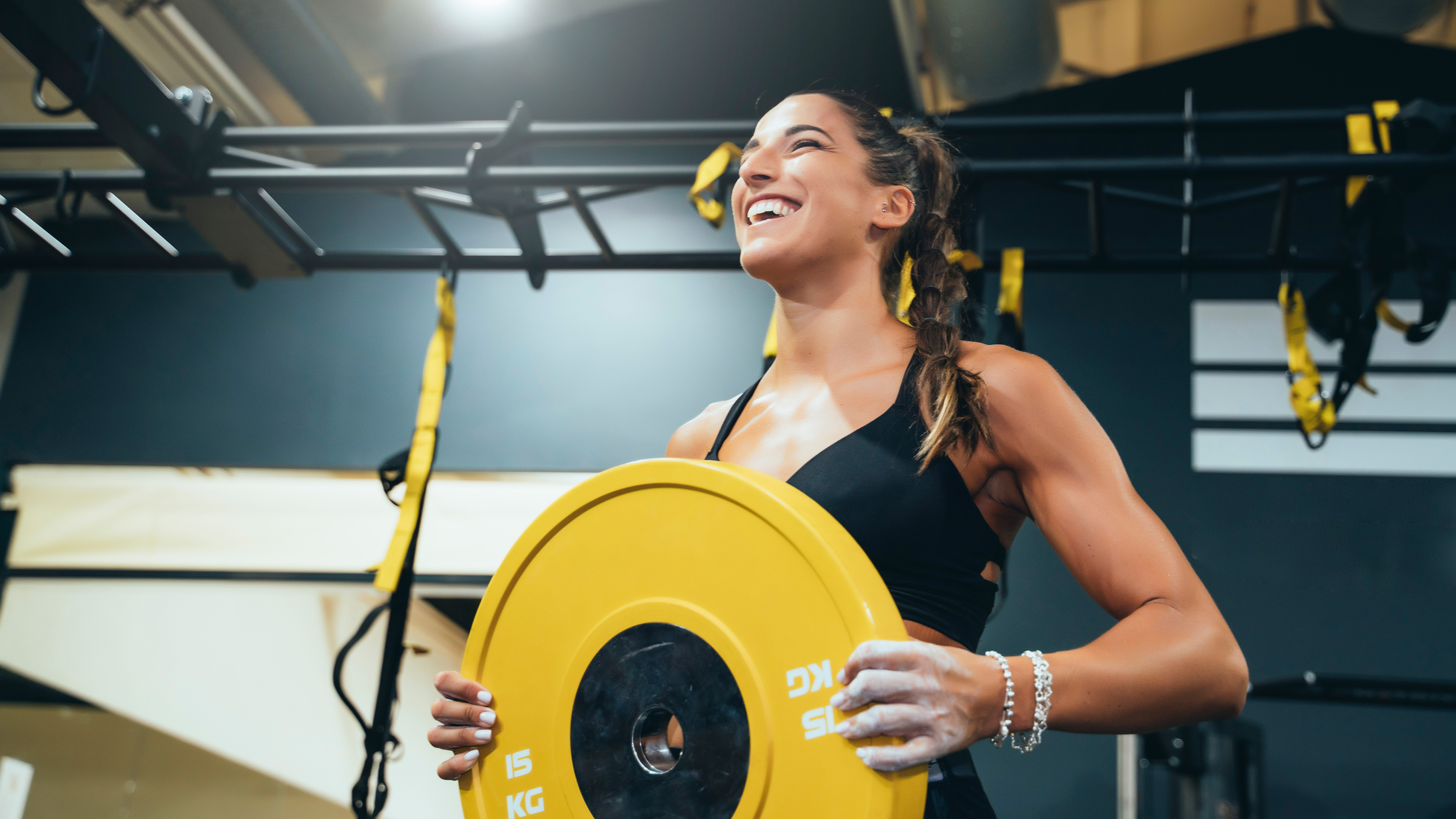Does walking really count as a workout? Here's what an expert trainer says
Yes, your walk can count as cardio exercise—but make sure you're challenging yourself

As a dog owner and a fitness writer, I do a lot of walking. While testing out some of the best walking shoes recently, I wondered whether or not my stroll counted as a workout. My heart rate was elevated and I was breaking a sweat but I wasn’t sure I was doing enough to improve my cardio fitness.
I decided to speak to NASM-certified personal trainer, Ellen Thompson, the head personal trainer at Blink Fitness NYC. Not only did I want to know if walking is technically cardio, but I wanted to find out if there was a minimum pace I needed to hit to turn my walk into a cardio workout.
I’ve also seen walking workouts trending on my social media (usually on a treadmill) and wanted to get Thomson’s insight on how valuable these are. Here’s what she said.

Ellen Thompson is the head personal trainer at Blink Fitness. She has dual NASM certifications in personal training and corrective exercise, a fitness nutrition specialist certification, and expertise in functional movement screening, TRX, and Schwinn Cycling.
Does walking count as cardio?
"Yes! Any activity that increases your heart rate can be considered cardio. Walking at any intensity—but preferably a moderate or high intensity—checks that box," said Thompson.

What are the benefits of walking as cardio?
"Walking is a great form of cardio because it’s accessible. [It] doesn’t require any gym membership, any special equipment, or any special skills, almost anybody can just go outside and walk," she said.
"It’s a great way to work the heart and blood [circulation] together, and it can be a great way to burn calories, all while having low impact on the body. Compared to other forms of cardio, it can also put less stress on the joints."
Do you need to go at a certain pace for your walk to become a 'workout'?
"No. Go at your own pace. Any walk for any duration of time will burn some calories, and still get the heart to work at higher levels than just staying sedentary.
"However, just like anything, the more effort you put into your walk, the more benefits you reap. If one person walks on a treadmill four times per week for 20 minutes at a 2.0 speed and a 1.0 incline, and another person walks on the treadmill the same four times per week for 20 minutes but at a 3.5 speed and a 3.5 incline, the person at the higher speed and incline is going to burn more calories throughout the week as well as grow their cardio capacity at quicker rates [all else being equal]."
What’s the minimum pace that people should aim for weight loss?
"Instead of thinking ‘pace’ think heart rate zone," Thomson said. "To get results you need to at least get out of zone 1 heart rate into zone 2 heart rate which is 65-75% of your maximum heart rate max."
To find your heart rate max, you subtract your age from 220. So if you’re a 27-year-old, your heart rate max is 193. If you want your heart rate to reach at least 65% of that, the minimum pace you should be going should bring your heart rate up to 125 BPM.
"If I had to estimate what pace that would be, it would probably be around 3.0-3.5 MPH," added Thompson.
What do you personally think about the trend for 'walking workouts'?
"Whenever you see a fitness 'trend' or 'fad', chances are it is a gimmick, overcomplicating things for no reason," said Thomson.
Her advice for anyone who wants to use walking for their workouts? "Keep it simple. Walk at a pace that challenges you for the time that you have in the day, for as many times a week as you can."
Get the Fit&Well Newsletter
Start your week with achievable workout ideas, health tips and wellbeing advice in your inbox.

Lou Mudge is a Health Writer at Future Plc, working across Fit&Well and Coach. She previously worked for Live Science, and regularly writes for Space.com and Pet's Radar. Based in Bath, UK, she has a passion for food, nutrition and health and is eager to demystify diet culture in order to make health and fitness accessible to everybody.
Multiple diagnoses in her early twenties sparked an interest in the gut-brain axis and the impact that diet and exercise can have on both physical and mental health. She was put on the FODMAP elimination diet during this time and learned to adapt recipes to fit these parameters, while retaining core flavors and textures, and now enjoys cooking for gut health.

